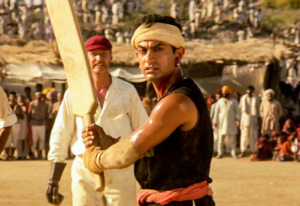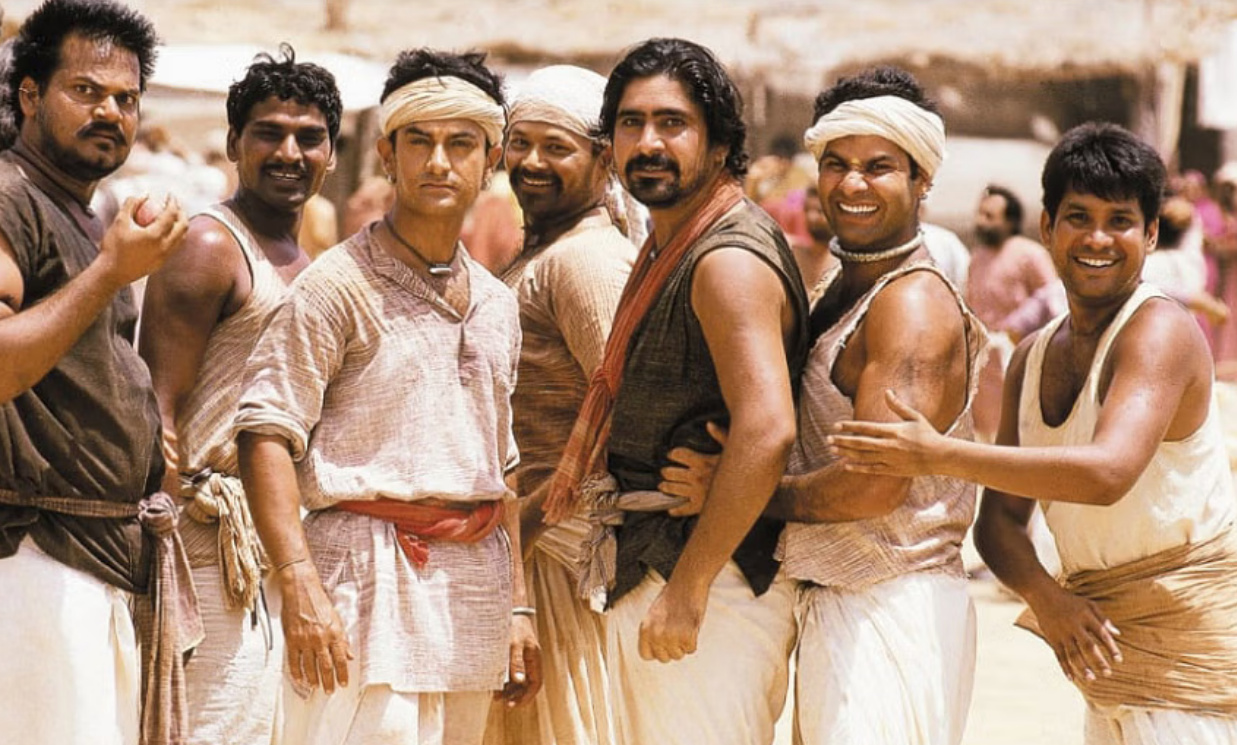Bollywood brought the world a film in 2001 no one would have predicted would still feel fresh and powerful more than two decades later. Lagaan: Once Upon a Time in India wasn’t merely a historical sports drama—it was a moving tale of courage, community, of rising to meet the impossible.
The story, directed by Ashutosh Gowariker and produced by Aamir, who also participated in the film, took the audience into a different kind of world surrounding British-ruled India. It was also nominated for Best Foreign Language Film at the 2002 Academy Awards, proving to the world that Indian cinema could make international stories big.
Protesting through the Game of Cricket
Set in the 1890s, at the height of British colonial rule, Lagaan revolves around a small village called Champaner that is beset by drought and exorbitant taxes. The villagers are already on high alert when British officer Captain Russell serves up an outrageous challenge: best his cricket team, and the land tax (called “Lagaan”) will be waived for three years. If they lose, they’ll have to pay three times as much.
For the villagers, the challenge seemed impossible. Cricket was a foreign game, seen as something only the British could play. But Bhuvan, a young farmer played by Aamir Khan, decides to take the risk. He believes that sports can be a great equalizer, and it becomes a powerful metaphor for standing up to oppression.
A Game That United a Divided Community
At first, the villagers laugh off Bhuvan’s idea. But slowly, as the seriousness of the challenge sets in, the village starts to come together. People from different religions, castes, and backgrounds join hands to form a cricket team. There’s Deva, a Sikh soldier; Ismail, a skilled Muslim bowler; and Kachra, an ‘untouchable’ who turns out to be a secret spin wizard.
This mix of characters shows how Lagaan wasn’t just about cricket—it was about breaking social barriers and uniting for a cause. The film captures how something as simple as a game can bring people together in extraordinary ways.
A Colonial Backdrop with Deep Emotion
The film doesn’t shy away from showing the cruelty of the British Raj. One scene shows Captain Russell kicking a villager while declaring, “You slaves will always stay underneath our shoes.” It’s a chilling reminder of the arrogance and racism that defined colonial rule.
But Lagaan also has hope. Russell’s sister Elizabeth, played by Rachel Shelley, helps the villagers understand the rules of cricket. She becomes a silent supporter of justice, falling for Bhuvan’s courage and honesty.
From a Village Set to a Global Stage
Shot in Bhuj, Gujarat, the set for Lagaan was built entirely from scratch. Around 150 artists worked to bring the dusty, drought-hit village of Champaner to life. The contrast between the dry browns of the village and the bold reds and whites of the British cantonment made the cultural divide clear on screen.
With music by A.R. Rahman, costumes by Bhanu Athaiya and visuals by the cinematographer Anil Mehta, every scene was a work of art. And Rahman’s songs, emotional and energetic, helped propel the story and imbue it with a rhythm unlike any other.
A Big Universe That Still Matters
But nothing after Lagaan, even after 24 years, seems to have that same message of relevance. It reminds us that when regular people act boldly, they can push back even the most fearsome oppressors. It references cricket not just as a sport, but a metaphor of resistance, community and hope.
Lagaan was special, not only because of the Oscar nomination, but also because of how it connected with people worldwide, irrespective of their culture or background. Whether you are a fan of sports, history, or narratives with “strong stuff”, Lagaan is a message that resonates even today.
More: News
